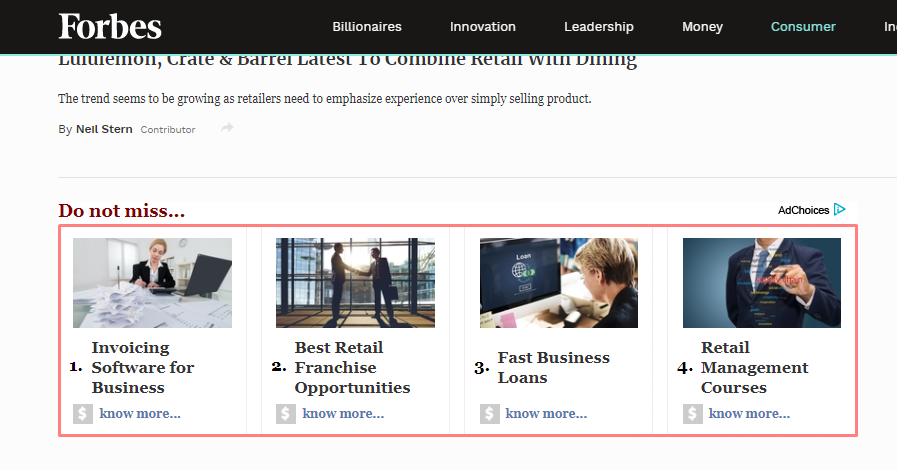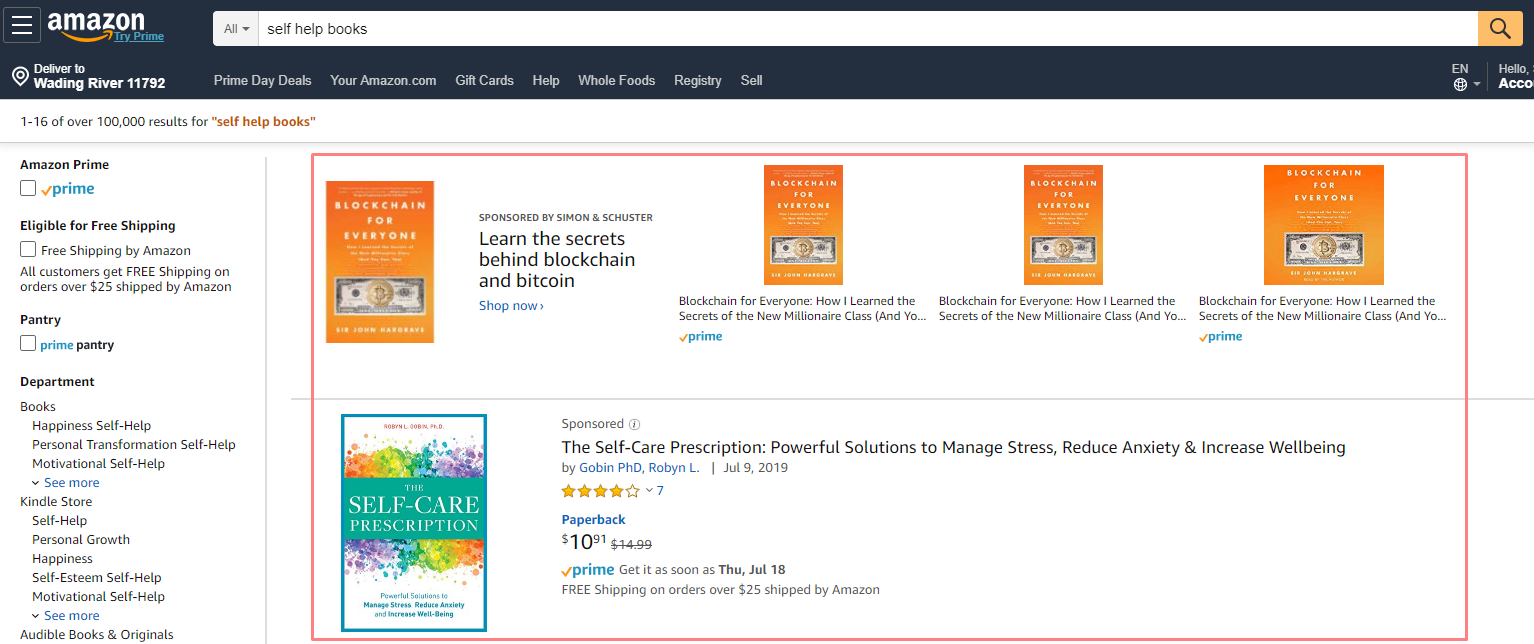Do you sometimes notice ads trying to casually sneak into your social media feeds? That’s because consumer preferences have changed when it comes to consuming online content. Digital Marketing has also evolved and marketers have been using a marketing strategy called Native Advertising. Nowadays, it’s pretty hard to differentiate between ads and original website content. Some may look at this as a good thing but is it? Are these businesses trying to mislead their consumers into buying their products without them knowing? Who is protecting consumers from being misled into consuming paid advertisements? Let’s break it down and learn more about Native Advertising.
What is Native Advertising?
Native Advertising is a seamless way for brands to get their message across without disrupting the user’s online experience. Flashy banners and pop up ads can sometimes be annoying and consumers have trained themselves to ignore some of these types of ads. Some have even resorted to using programs like adblockers to avoid disruptions. These ads are well integrated and fit into the look and feel of whichever website, program or app you are using.
Benefits of Native Advertising
One big thing that Ads need to combat is Ad Fatigue. This is when an audience becomes too familiar with certain ads and eventually stop engaging with them. While the average display ad can get old and users lose interest, native ads have overcome this challenge. Brands are starting to create paid advertisements that mimic the content their customers are already engaging with. This strategy leads to increased click-through rates and conversions.
Cracking Down on Advertisers
To regulate the use of Native Ads, The Federal Trade Commission provides Native Advertising Guidelines for Businesses to protect consumers from being misled. Advertisers are required to disclose when content is sponsored or paid for to help consumers know when they are viewing ads. So how does one spot a native ad? Let’s list down the different types of native ads and see their different distinguishing features.
Types of Native Ads & Examples
In-Feed Units
All these ads that you see labeled as sponsored are in-feed units. You can mostly see these paid ads as you scroll through your social media feed or your favorite publisher site like Entreprenuer.com. These ads are strategically placed to be inline with the content you are currently viewing.
Paid Search Units
Paid Search Units are usually seen on search engine results pages. Businesses bid for the top spots and are made to look like organic search results.
Recommended Widgets
Recommended Widgets are ads usually placed on the side of a webpage or at the bottom of an article. This ‘“recommended” content is paid for and is also similar to the content you are viewing.
Promoted Listings
Similar to Paid Search Units, Promoted listing are listings that are paid for by businesses placed on top of and are made to look like organic search results.
In-Ad with Native Element Units
These types of native ads are contextually relevant to the website you are on and are designed to look like the content you are consuming.
It’s safe to say that all the different types of native ads we shared have one noticeable similarity. All native ads are strategically placed within the media they are in and are designed to seamlessly flow with the user experience. And the only way to spot a native ad is if it is labeled as sponsored, recommended or ad. Unlike disruptive ads, consumers don’t mind native ads. Consumers have a better chance of engaging with native ads since these ads are related to the content they follow.
Skyrush Marketing’s Expertise in Native Advertising
At Skyrush Marketing, our team of experts specializes in native marketing. We understand what it takes to create an effective native ad that not only blends well with the user experience but also engages with your target audiences. Our highly competitive digital marketing tools and strategies ensure the growth of your brand’s online presence.
Contact us today for your free consultation






